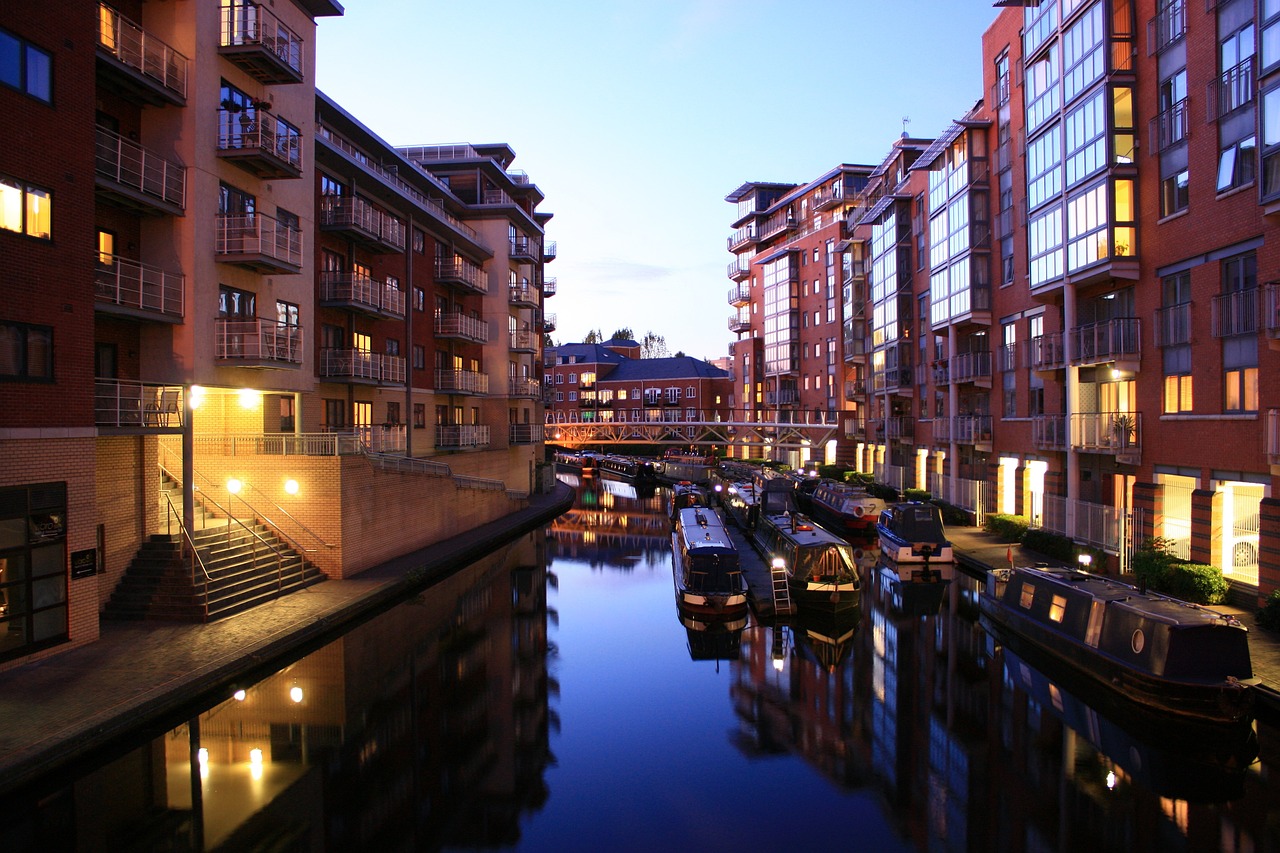Revitalizing Birmingham: The Impact of Opportunity Zones
On a sweltering day in Alabama, where the humidity clings to your skin even in the shade, Alex Flachsbart speaks with a fervor that is almost difficult to follow. As he navigates the streets of central Birmingham, his enthusiasm mirrors the rapid pace of his driving. Every few minutes, he pauses to highlight a significant victory in urban revitalization: rundown public housing, an abandoned factory, and a dilapidated department store are all being transformed into modern apartments and spacious office and retail spaces.
“This was one of Birmingham’s elusive landmarks,” Mr. Flachsbart remarked, gesturing toward a former Red Cross office that has been skillfully converted into 192 rental units. This transformation was made possible through a substantial tax incentive established in 2017, aimed at attracting investors to underprivileged neighborhoods. This initiative, supported by both Democrats and Republicans, has been hailed by former President Donald J. Trump as one of his administration’s key triumphs in economic policy. He described the program as “one of the greatest initiatives ever for Black workers and Black entrepreneurs” during a recent speech at the National Association of Black Journalists conference.
However, the benefits of opportunity zones have not been evenly distributed across the regions they encompass. During Mr. Flachsbart’s tour of recent developments in downtown Birmingham, he noted a stark contrast in investment between areas: the bustling projects taper off in the historically African American northwest quadrant. There, vacant lots and abandoned buildings have not attracted the same influx of capital that is evident in the more vibrant parts of downtown.
“The opportunity zone was a catalyst for development because that area was already on the verge of revitalization,” explained Mr. Flachsbart, who has facilitated numerous projects as the chief executive of a nonprofit organization known as Opportunity Alabama. “But there seems to be an invisible barrier around 17th Street that limits investment.”
As Mr. Flachsbart continues his tour, he reflects on the broader implications of opportunity zones in Birmingham and throughout Alabama. This region serves as a microcosm for understanding how investment has, or has not, penetrated the designated opportunity zones over the past six years. With the expiration of the incentive looming in 2026, Congress is now examining the efficacy and future of this program, which was created as part of the sweeping 2017 tax reform.















